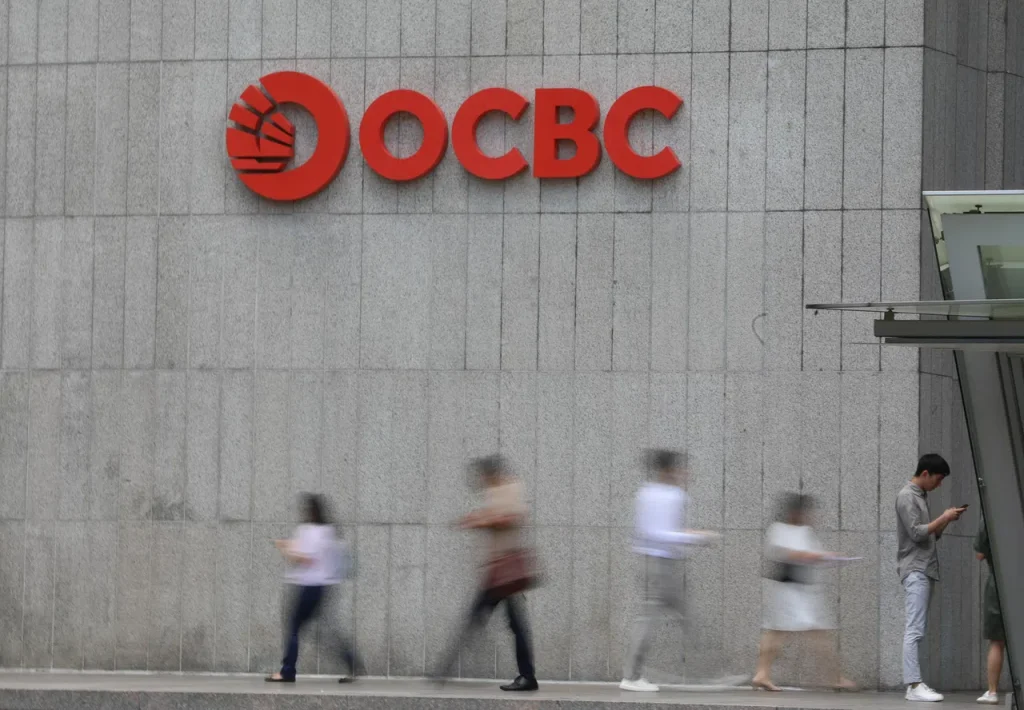[SINGAPORE] In this column on Mar 31, I advocated that OCBC should sell its Chulia and Church Street properties so that the assets can be redeveloped to create a new prime office project in the heart of the Central Business District (CBD). Divesting these buildings will also help create shareholder value.
My suggestion that OCBC should consider selling the trio of buildings it owns at 63 and 65 Chulia Street and 18 Church Street has been rejected. At its annual general meeting (AGM) on Apr 17, chairman Andrew Lee said OCBC has no plans to sell its CBD properties including OCBC Centre, which holds heritage value for the lender.
Still, if OCBC wants to retain the said properties, I maintain that it should redevelop the trio of buildings soon in a prudent manner. The lender can work with a financially strong property group, which has strong project-execution capabilities in integrated development.
At the Apr 17 AGM, chairman Lee highlighted OCBC Centre’s historical significance, noting that it sits on the same site where the bank was founded in 1932. He said “that site, that building, has a lot of history, has a lot of emotion for us, as the oldest continuing bank in Singapore”.
A NEWSLETTER FOR YOU

Tuesday, 12 pm
Property Insights
Get an exclusive analysis of real estate and property news in Singapore and beyond.
In April 2024, OCBC announced that it was exploring the redevelopment of the Chulia and Church Street properties. However, the lender said in February that redevelopment plans will be put on hold.
At the AGM, Lee noted that construction costs are currently elevated and that redevelopment plans possibly amount to S$4 billion to S$5 billion. He questioned if this was the right time to undertake such a massive project, which will strain the bank’s balance sheet.

In context, I had argued that Singapore loses out if the OCBC Centre cluster of buildings is not redeveloped. Redevelopment might yield a new landmark Grade A office-led integrated development with leading retail and hospitality components that enhances a historic part of Singapore’s CBD.
Occupying a combined area of more than 120,000 square feet (sq ft) of land near the Singapore River, the redevelopment project’s total gross floor area may top 1.8 million sq ft if it has a plot ratio of 15 times.
I suggested that if OCBC did not want to redevelop the said buildings, it could sell the buildings instead.
Sure, OCBC is accountable to shareholders and may rightly avoid doing the nation a service by redeveloping the said trio of buildings should it be unconvinced of the financial merit in doing so.
However, is OCBC short-changing its shareholders by not letting a third party acquire the Chulia and Church Street properties with an eye to carrying out redevelopment?
After all, selling the properties might help the bank crystallise the benefit from an uplift in land value due to intensification in use of the assets as not all of the increase in land value is eaten up by paying land betterment charge.
Undertaking redevelopment with a partner
Importantly, a creative way should be found to redevelop the OCBC Centre cluster of buildings without straining OCBC’s balance sheet, while allowing the bank to continue operating out of Chulia Street and have ownership interest in the said properties.
OCBC can partner a credible property player to develop the trio of properties. The said partner can take equity interest in the property development project and the completed development.
Upon completing, say, a development with office, retail and hospitality components, OCBC and the real estate partner can jointly own the office and retail components, while the partner solely owns the hospitality component.
Working with the right property partner can significantly mitigate the project execution and financial risks of redeveloping the Chulia and Church Street buildings.
Possibly, OCBC has not as yet found a partner on terms that it is happy with. Still, leveraging its talent, OCBC should be able to secure a suitable partner and structure a good deal that best protects its interest, especially as core Singapore property assets command a premium, in an increasingly uncertain world.
Moreover, with careful planning, disruption to staff in the buildings affected by redevelopment can be minimised. And the bank’s other properties such as the Bank of Singapore and Great Eastern buildings in the CBD, and a new building coming up in the Punggol Digital District could help house staff affected by redevelopment works.
Building a new landmark
Designed by the late acclaimed American architect IM Pei, OCBC Centre exemplifies brutalist architecture. Brutalist buildings have a minimalist construction style, showcasing the bare building materials and structural elements over decorative design.
Given OCBC Centre’s architectural importance and sustainability considerations, redeveloping the Chulia and Church Street properties can possibly include conserving OCBC Centre.
Look, for example, at how the mixed-use development project Golden Mile Singapore along Beach Road incorporates refreshing the conserved Golden Mile Complex.
Many leading businesses today see merit in having great work spaces, which help a business’ branding.
Crucially, having premier work spaces gives a business an edge in drawing talent. Also, great work spaces provide a conducive environment for staff to collaborate and co-create.
Think of a redeveloped OCBC Centre cluster of buildings with conserved elements, a great design, large floor plates, different components that are seamlessly connected, strong green credentials, biophilic elements and recreational spaces that provide a best-in-class working environment.
Sure, the bank’s board and management have to deal with a challenging economic environment and fierce competition.
Furthermore, Lee said at the AGM: “We are a bank, not a property developer, so if we have sufficient space, we do not need to redevelop more property than we need.”
Nevertheless, optimising value from valuable prime real estate matters. By getting structuring right and working with a competent partner, redevelopment can potentially be carried out without over-straining OCBC’s balance sheet and with risks well managed.
Ultimately, not redeveloping the OCBC Centre cluster of buildings wastes an opportunity to help rejuvenate a historic part of the CBD as well as a chance for OCBC to create value from the properties and provide its staff exciting new work spaces.
(The writer holds shares in OCBC)


